The demand for ceramic tableware is experiencing substantial growth in emerging markets. From Southeast Asia to Latin America and Africa, these regions are rapidly becoming key players in the global ceramic tableware industry. With increasing disposable incomes, urbanization, and evolving consumer preferences, the ceramic tableware market is expanding at a remarkable pace. This article will explore the factors driving the demand, the opportunities for manufacturers, and how businesses can leverage this trend to stay ahead.
Introduction to Emerging Markets and the Ceramic Tableware Trend
Emerging markets are countries or regions that are transitioning from a low-income, less-developed economy to a more developed one. These markets often display strong economic growth, growing middle classes, and evolving consumer behaviors. As these countries modernize, there is a shift toward higher-quality home goods, including ceramic tableware.
In particular, ceramic tableware has gained popularity due to its aesthetic appeal, durability, and variety of designs. While it has always been a staple in developed markets like North America and Europe, the appeal of ceramics is now spreading rapidly to emerging economies. As these markets experience an economic boom, the demand for household products, including kitchenware and tableware, is on the rise.
Factors Driving the Growing Demand for Ceramic Tableware in Emerging Markets
Several key factors contribute to the rising demand for ceramic tableware in emerging markets:
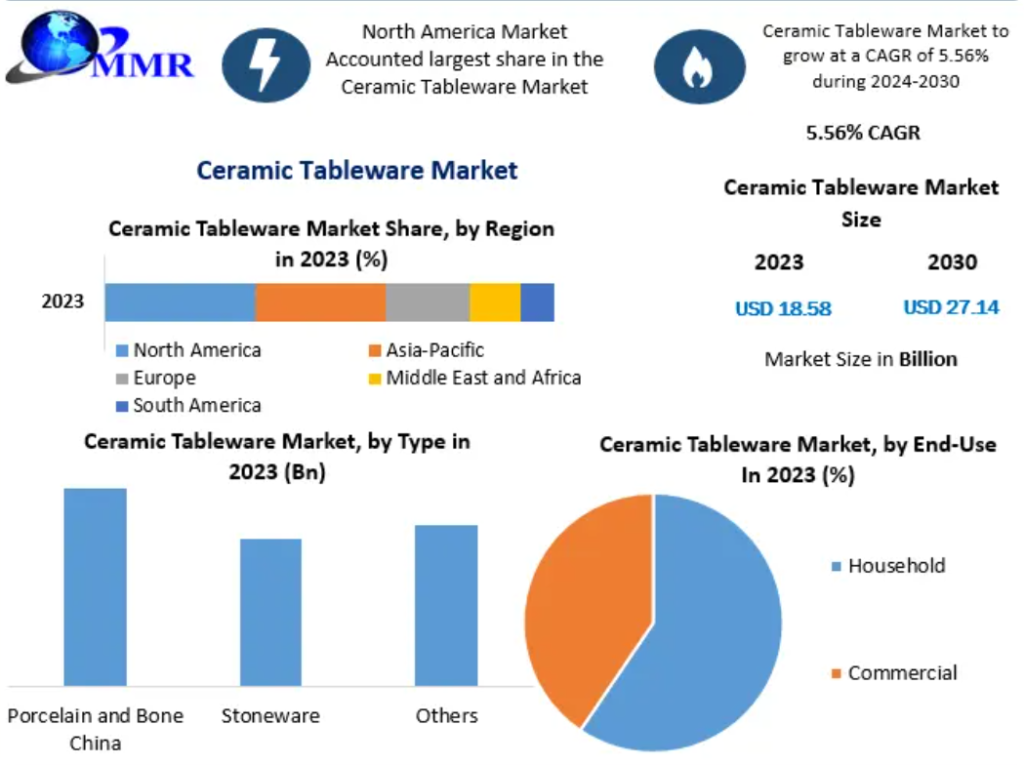
1. Increasing Disposable Incomes
As disposable incomes rise, particularly in Asia and Latin America, consumers have more spending power to purchase premium products. Ceramic tableware, once considered a luxury item, is now within reach for many middle-class households in these regions.
2. Urbanization and Modern Lifestyles
The rapid urbanization in emerging markets is changing lifestyles. Urban dwellers, especially in large cities, are increasingly adopting modern living habits and preferences. This shift is reflected in their choices of home decor, with many consumers opting for stylish, durable, and eco-friendly tableware like ceramics.
3. Cultural Shifts and Dining Habits
In many emerging markets, dining culture is evolving. As globalization continues, consumers are becoming more exposed to international cuisines and dining practices. The demand for high-quality dinnerware that enhances the dining experience is growing, and ceramic tableware fits the bill perfectly due to its elegance and functionality.
4. Rising Demand for Eco-Friendly Products
Ceramic products, which are made from natural materials, are increasingly favored by environmentally-conscious consumers. In countries where sustainability is becoming a priority, ceramic tableware’s eco-friendly nature is appealing to those looking to make sustainable choices.
5. Growth of E-commerce
The growth of e-commerce has made it easier for consumers in emerging markets to access international brands and products. Online platforms have opened up new distribution channels for ceramic tableware manufacturers, allowing them to reach a global audience with minimal effort.
Regional Breakdown: Which Emerging Markets Are Leading the Charge?
While the demand for ceramic tableware is growing across the board, certain regions and countries are leading the charge. Let’s take a closer look at the key emerging markets and the factors driving their demand for ceramics.
Southeast Asia
Southeast Asia, comprising countries like Thailand, Vietnam, Indonesia, and the Philippines, is a key market for ceramic tableware. Economic growth in this region has been impressive, with many countries seeing a rise in middle-class consumers.
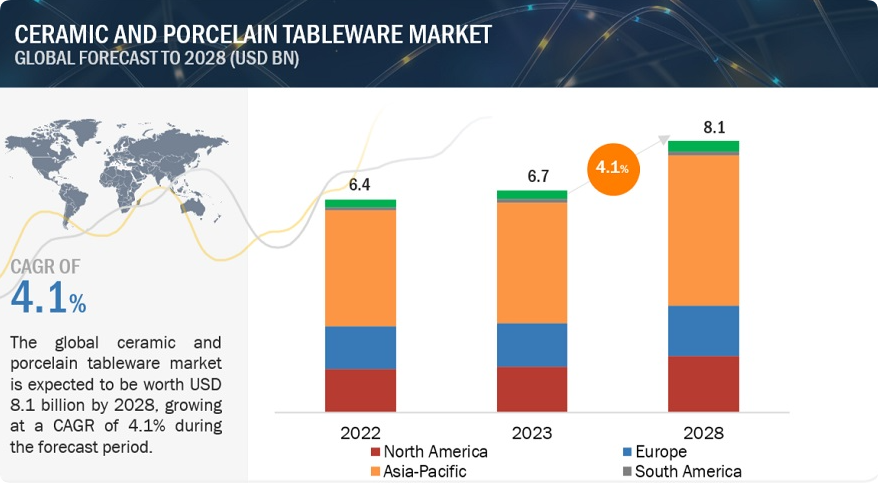
Key Drivers:
- Strong tourism industry, creating demand for high-end, locally crafted tableware.
- An evolving dining culture, with a focus on both traditional and international cuisines.
- The popularity of online shopping, facilitating access to global ceramic brands.
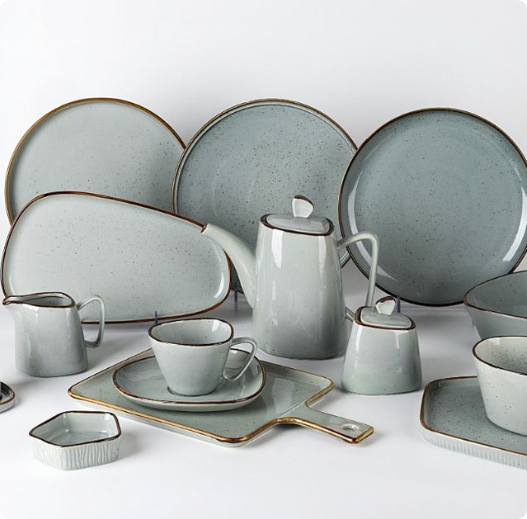
Latin America
Latin American countries, particularly Brazil, Mexico, and Argentina, are experiencing rapid urbanization, which is leading to an increase in disposable incomes and demand for quality home goods. Ceramics, with their durability and aesthetic appeal, are becoming increasingly popular for both everyday use and as gifts.
Key Drivers:
- A growing middle class seeking premium household products.
- A preference for handmade and artisanal ceramics, which align with local traditions.
- Increasing exposure to global brands through e-commerce.
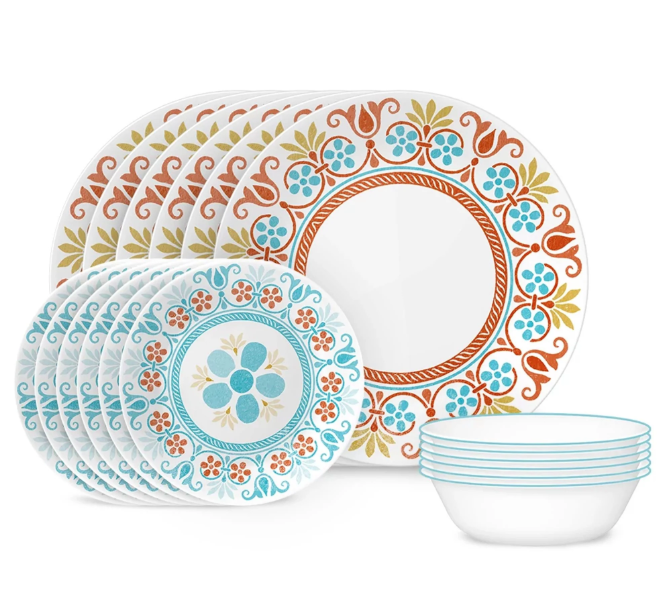
Africa
In Africa, particularly in countries like Nigeria, Kenya, and South Africa, there is a burgeoning demand for ceramic tableware as the continent’s economies continue to grow. Africa’s middle class is expanding, leading to more interest in home decor and tableware products.
Key Drivers:
- Rising urbanization and increased purchasing power.
- A growing interest in diverse dining experiences and home goods.
- The increasing availability of international brands through both physical and online retail.

Table: Comparison of Ceramic Tableware Demand Across Emerging Markets
| Region | Key Markets | Demand Drivers | Consumer Preferences |
|---|---|---|---|
| Southeast Asia | Thailand, Indonesia, Philippines | Economic growth, tourism, urbanization, e-commerce | Elegant, durable designs with a focus on traditional and modern fusion |
| Latin America | Brazil, Mexico, Argentina | Rising middle class, handmade ceramic appeal, e-commerce access | Artisanal and locally crafted ceramics, high-end dinnerware |
| Africa | Nigeria, Kenya, South Africa | Urbanization, middle-class growth, international brand exposure | Affordable, functional, and aesthetically pleasing ceramics |
Opportunities for Ceramic Tableware Manufacturers
For manufacturers of ceramic tableware, emerging markets represent a wealth of opportunities. However, tapping into these markets requires a strategic approach. Here are some opportunities for manufacturers to capitalize on:
1. Customization and Personalization
Consumers in emerging markets increasingly seek unique, personalized products. Offering customizable ceramic tableware can cater to this demand. Providing options for personalization, such as custom designs or engravings, can appeal to consumers looking for distinctive items.
2. Sustainable and Eco-Friendly Offerings
With environmental concerns rising globally, producing ceramic tableware using sustainable materials and processes can make a significant impact. Manufacturers who embrace eco-friendly practices can position themselves as responsible brands, appealing to the growing environmentally conscious consumer base in emerging markets.
3. Partnerships with E-Commerce Platforms
As online shopping becomes more prevalent in emerging markets, forming partnerships with regional e-commerce platforms is crucial for reaching consumers. Selling through these platforms will allow manufacturers to tap into the growing e-commerce trend without significant investment in physical retail locations.
4. Targeting Local Preferences
Understanding local tastes and preferences is essential for success in emerging markets. For example, Southeast Asian consumers may prefer minimalist, functional designs, while Latin American consumers might lean towards more artistic, handcrafted ceramics. Tailoring products to suit local tastes can give manufacturers a competitive edge.
5.The rise of ceramic brands in recent years
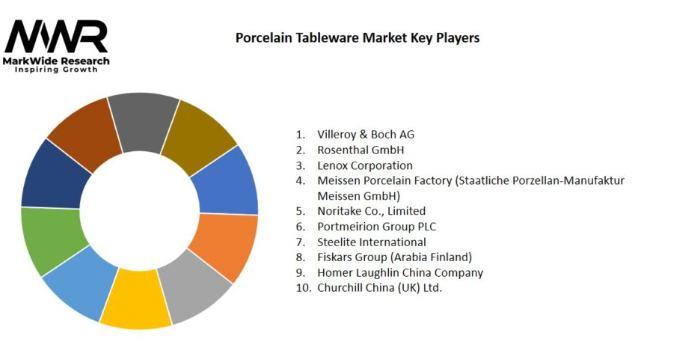
Challenges in Emerging Markets
Despite the significant opportunities, manufacturers also face certain challenges when entering emerging markets. These include:
1. Price Sensitivity
While the demand for high-quality ceramics is increasing, many consumers in emerging markets are still price-sensitive. Manufacturers need to find ways to offer competitive pricing without compromising on quality.
2. Distribution and Logistics
While e-commerce is growing, the infrastructure in many emerging markets may still present logistical challenges. Shipping products efficiently and cost-effectively to remote or underserved regions can be a hurdle for manufacturers.
3. Cultural Differences
Each region has its own unique consumer behaviors and preferences. Manufacturers must invest in market research to understand local tastes and design preferences to create products that will resonate with consumers.
Conclusion: The Future of Ceramic Tableware in Emerging Markets
The growing demand for ceramic tableware in emerging markets presents a promising opportunity for manufacturers. By understanding regional drivers, consumer preferences, and adapting to the digital age, businesses can successfully navigate these dynamic markets.
As the middle class continues to expand and consumer tastes evolve, ceramic tableware will remain a key category in the home goods market. Manufacturers who embrace customization, sustainability, and regional preferences will be well-positioned to take advantage of this growing demand.
At EKA, we are committed to providing high-quality ceramic tableware that meets the needs of global consumers. Whether through OEM or ODM services, we offer a diverse range of products designed to cater to the growing demand in emerging markets.
About EKA
EKA is a leading ceramic tableware manufacturer based in China, specializing in providing OEM and ODM solutions for global home and kitchenware markets. With a strong focus on quality, sustainability, and innovative design, EKA is committed to meeting the diverse needs of our international clients, from large retail chains to e-commerce sellers. If you’re looking for premium ceramic tableware for your business, reach out to us today to explore our wide range of customizable options.

